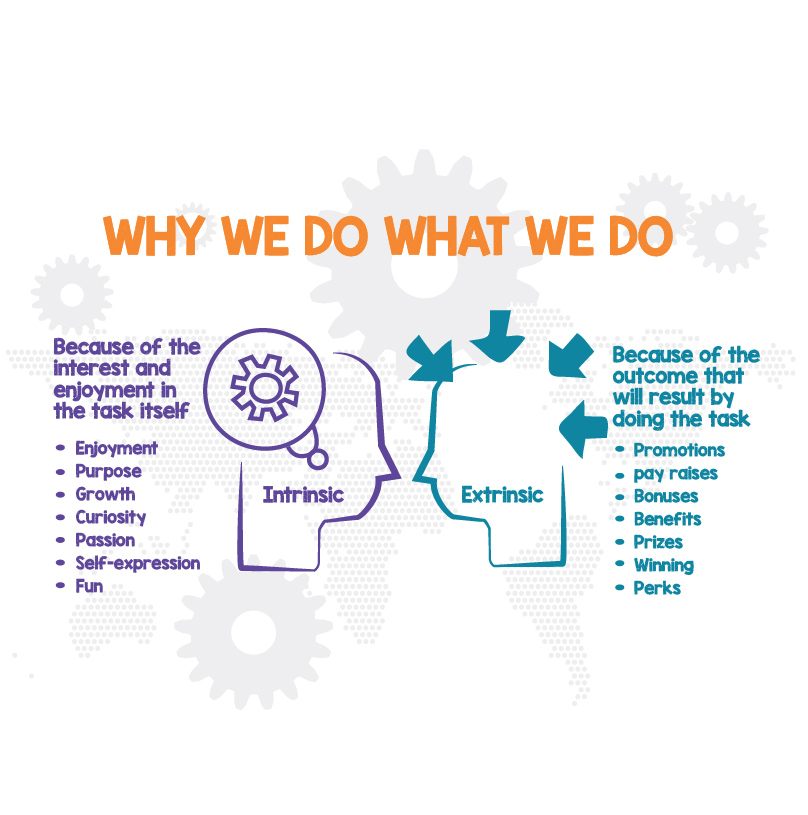To be on the cutting edge,
businesses must constantly be reviewing and adopting new ways of performing the
same tasks using faster and more efficient methods. Most of these changes involve
a new type of technology. But how can we make these changes and keep them
moving forward? By comparing eight separate models of technology acceptance
Venkatesh et. al (2003) found “conceptual and empirical similarities” to use in
formulating the Unified theory of acceptance and use of technology. UTAUT has four
key constructs: Performance expectancy, effort expectancy, social influence and
facilitating conditions. Although all four of these constructs are important, I
have witnessed the importance of social influence when introducing new technology
in the workplace. “Yet, for technologies to improve productivity, they must be
accepted and used by employees in organizations” (Venkatesh, et al. 2003).
In 2021 my organization made the decision to
move to a brand-new core financial system. We had just gotten over the changes
that were made during the pandemic and now all our associates were expected to
learn a new system and a new way of doing their everyday job. In Rogers (1962),
Diffusion of Innovation Theory posits that the adoption of a new behavior,
technology, or idea does not happen simultaneously for a group of people
(social system). Rogers (1962) describes the first adopters of a change as making
full use of an innovation as the best course of action available.” Those who
reject the change or have trouble adopting have made the decision to not adopt
an innovation or change (Rogers 1962). Venkatesh et. al (2003), “defines social
influence as the degree to which an individual perceives that important others
believe he or she should use a new system.”
For the UTAUT model (Venkatesh et. al, 2003) social influence would be what
Rogers (1962) calls the diffusion of innovation or the process in which an
innovation or change is communicated through certain channels over time among those
that need to adopt the change. In my example, our administrators started by
presenting the benefits of why the decision was made to make the change or the “innovation”
(Rogers 1962). In knowing the why and working directly with early adopters of
the system our adult education administrators had a positive effect on the
other associate's feelings on the new system. The early adopters were critical of
getting the buy-in of those who did not want to accept the change. Without
their buy-in or choice to accept innovation (Rogers 1962) moving forward on the
conversation would have been harder.
We used those early adopters to
encourage the associates that were still on the fence. They mentioned the new
processes that made our jobs easier. As an organization, we also provided
extrinsic motivation through bonuses given out at the end of the process of our
conversion. The learning and development
department kept the chain of communication going by providing daily tips and
tricks that could be utilized in the new system. For those who sent us screenshots
of their practice, we offered prizes like money, paid time off, and other
items. Without the positive social influence, we had at the beginning of our
conversion we would never have been able to complete the project by its
intended due date.
Have you seen the power of
social influence in your classrooms? If so how did it affect the overall acceptance
of new technology or even your lesson plan?
References:
Rogers, E. M. (1962). Diffusion of innovations (1st ed.). New York, NY: Free Press of Glencoe.
Venkatesh, V., Morris, M. G.,
Davis, G. B., & Davis, F. D. (2003). User acceptance of information
technology: Toward a unified view. MIS Quarterly, 27(3), 425-478. https://k-state.primo.exlibrisgroup.com/permalink/01KSU_INST/1260r8r/cdi_gale_infotracacademiconefile_A108912880




Hi Martha,
ReplyDeleteI appreciated your emphasis of the Diffusion of Innovations Theory and the connections you made to UTAUT. You inspired an exploration of the book, Diffusion of Innovations by Rogers (Rogers, 1962).
You elaborated on how qualities of the individual affect new technology adoption through the various adopter characteristics (Roger, 1962). Moreover, you also touched on the properties of the innovation itself. Rogers (1962) lists them as relative advantage, compatibility, complexity, triability, and observability. In speaking about how your company used a variety of incentives to influence the spread of adoption, this aligns to relative advantage. The property of innovation to provide economic benefits to the user. Another characteristic of the innovation that you mentioned is compatibility, wherein new technology is congruous to organisational values, mission, and purposes, embodied by the adopters. Furthermore, the introductory trainings, and continuous communication on the technology, through pointers and suggestions, enabled potential adopters to gauge its complexity or influence their perception of ease of use.
Thank You!
Dera
Thank you for your reply Dera!
DeleteI agree! Rogers Diffusion of Innovations Theory was such an interesting way to look at innovation and adoption of new ideas. Thank you for building on that!
Hi Martha, thank you for your blog post. Social Influence is defined as "the degree to which an individual perceives that important others believe he or she should use the new system" (Venkatesh et al., 2003).
ReplyDeleteWe see this influence in corporate training. It starts at the top as part of the strategic plan. The organization has a culture that values and encourages the acceptance of technology that improves productivity and training performance (Davis, 1989).
References
Davis, F. D. (1989). Perceived usefulness, perceived ease of use, and user acceptance of information technology. MIS Quarterly, 13(3), 319-340.
Venkatesh, V., Morris, M. G., Davis, G. B., & Davis, F. D. (2003). User acceptance of information technology: Toward a unified view. MIS Quarterly, 27(3), 425-478. https://kstate.primo.exlibrisgroup.com/permalink/01KSU_INST/1260r8r/cdi_gale_infotracacademiconefile_A108912880Links to an external site.
Thanks for the reply Elizabeth! I agree the first step is the strategic plan and our senior management teams. I really found Rogers (1962) ideas on influence and early adopters of technology as well. I think that having that group help out when introducing technology can go a long way in helping groups of people that are struggling!
DeleteReferences:
Rogers, E. M. (1962). Diffusion of innovations (1st ed.). New York, NY: Free Press of Glencoe.
Our IT department offers a chance to win financial rewards for completing their monthly education. They use a gamification platform for the education, which I have done in the past and have enjoyed. The rewards do not apply to people who work remotely, so I do not feel incentivized or influenced to complete the education, even though it probably would be helpful. I also might not be in their target demographic. This does make me think about new mandatory education we have in our office using the institution's LMS. An "education champion" outside of management might have been helpful with rolling this out. Maybe it's not too late!
ReplyDelete